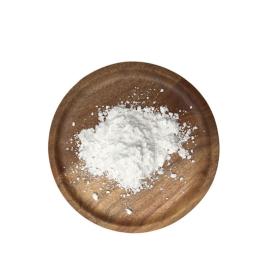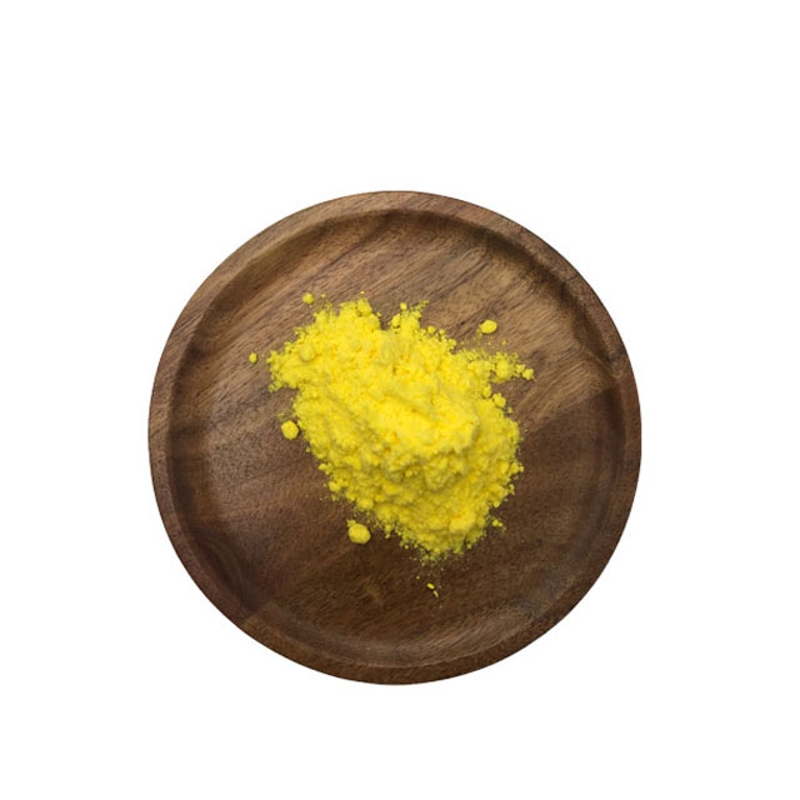-
Categories
-
Pharmaceutical Intermediates
-
Active Pharmaceutical Ingredients
-
Food Additives
- Industrial Coatings
- Agrochemicals
- Dyes and Pigments
- Surfactant
- Flavors and Fragrances
- Chemical Reagents
- Catalyst and Auxiliary
- Natural Products
- Inorganic Chemistry
-
Organic Chemistry
-
Biochemical Engineering
- Analytical Chemistry
- Cosmetic Ingredient
-
Pharmaceutical Intermediates
Promotion
ECHEMI Mall
Wholesale
Weekly Price
Exhibition
News
-
Trade Service
Although gliomas are uncommon, they account for about 80% of all malignant primary brain tumors.
addition, the most common histological subtype (about 45 per cent of cases) has a five-year survival rate of only 5 per cent for glioblastoma (GBM) due to the high morbidity and mortality rates associated with it.
little is known about the cause of glioma.
the scope of the study to date remains limited, either by detecting factors that are clearly associated with other cancers or by hypothesy related risk factors based on limited research on glioma biology, which reduces the likelihood of revealing causation.
Randomization (MR) is an analytical method that uses genetic variation as a tool variable (IV) to assess the causal correlation of disease exposure.
has recently proposed an adivotic strategy for determining causation by combining full-trait group association analysis (PheWAS) with MR-PheWAS to detect features that have not yet been analyzed and are currently being used to identify risk factors associated with glioma.
Mendel Randomization (MR) Principle The study aims to analyze 316 esopaedics and 8,387 accompanying genetic variants through MR-PheWAS analysis, and summarize genetic data from 12,488 glioma cases and 18,169 controlled cases from GWAS.
effects are evaluated by using random effect deficit weighting (IVW-RE).
for all gliomas, glioblastomas (GBM) and non-GBM tumors, calculate the chance of an increase in the standard deviation for each esovirus.
forest map shows the effect of white blood cell telomere length-related genes on all glioma risk Researchers found no significant correlation between esotypes and gliomas under the IVW-RE model.
has a suggestive correlation between white blood cell telomere length (LTL) and all gliomas and GBM, but this correlation is mainly driven by the TRT variant rs2736100.
Serum LDL cholesterol and HbA1C in plasma showed suggestive correlations with gliomas, both of which depended on individual genetic variants.
, the results of the study combined some published data to provide further data base for the pathogenesic basis of gliomas.
.







